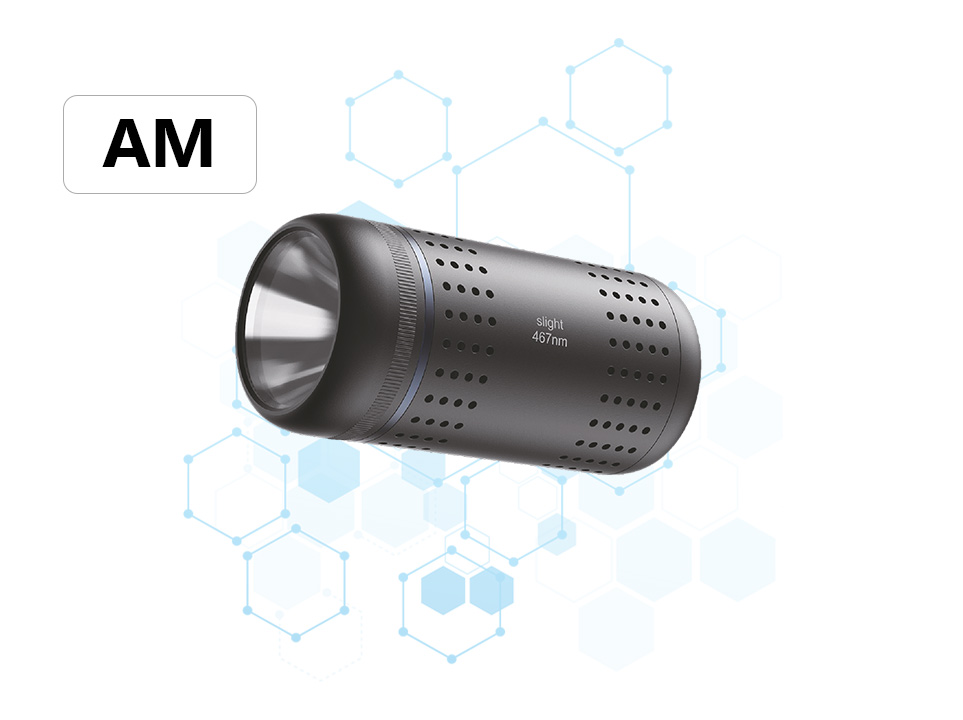Analysis of photo-induced nickel-catalyzed olefin carbon halogenation reaction
Abstract:
This study delves into the mechanistic intricacies of the photo-induced nickel-catalyzed olefin carbon halogenation reaction, a transformative process in organic synthesis that leverages the synergy between photochemistry and transition metal catalysis. By employing advanced spectroscopic techniques and theoretical computations, we provide a comprehensive understanding of the reaction pathway, catalyst performance, and substrate scope. Our findings reveal unprecedented selectivity and efficiency in halogen atom transfer, paving the way for the development of novel halogenated compounds with diverse applications in pharmaceuticals, agrochemicals, and materials science.
Introduction:
Olefin halogenation is a fundamental transformation in organic chemistry, offering access to halogenated compounds that serve as intermediates in numerous synthetic pathways. Traditional methods often rely on stoichiometric halogenating agents and harsh reaction conditions, leading to challenges in terms of selectivity, yield, and environmental impact. Recently, the advent of photo-induced transition metal catalysis has revolutionized this field, enabling mild and selective halogenation reactions. In particular, nickel-based catalysts have emerged as potent tools due to their versatility and ability to catalyze a wide range of bond-forming events. This study focuses on the nickel-catalyzed olefin carbon halogenation reaction under photo-induced conditions, aiming to elucidate the reaction mechanism and optimize catalyst performance.
Results and Discussion:
1. Reaction Mechanism:
The photo-induced nickel-catalyzed olefin carbon halogenation reaction initiates with the photoexcitation of a nickel complex, typically involving a ligand-to-metal charge transfer (LMCT) transition. Upon absorption of a photon, the nickel center attains an excited state, which facilitates the reduction of a halogen source (e.g., N-halosuccinimide, NXS) to generate a nickel-halide intermediate. This intermediate subsequently undergoes oxidative addition with an olefin, leading to the formation of a nickel(III) alkyl halide species. The halogen atom transfer occurs through a reductive elimination step, furnishing the halogenated product and regenerating the nickel catalyst in its ground state, ready for another catalytic cycle.
2. Catalyst Design and Optimization:
The choice of ligand plays a crucial role in tuning the reactivity and selectivity of the nickel catalyst. In this study, a series of ligands with varying coordination geometries and electronic properties were evaluated. It was found that ligands possessing a strong σ-donating ability and a moderate π-accepting capacity were optimal for promoting the formation of the excited nickel state and stabilizing the intermediate species. Furthermore, the incorporation of bulky substituents on the ligand framework enhanced the catalytic efficiency by minimizing undesired side reactions and promoting substrate accessibility.
3. Substrate Scope and Selectivity:
The substrate scope of the reaction was investigated using a diverse array of olefins, including styrenes, alkenes with functional groups, and internal olefins. The results demonstrated high selectivity for carbon-halogen bond formation at the olefinic site, with minimal isomerization or over-halogenation side products. Notably, the reaction tolerated a range of functional groups, allowing for the synthesis of complex halogenated molecules with potential applications in medicinal chemistry.
Conclusion:
In summary, this study presents a detailed analysis of the photo-induced nickel-catalyzed olefin carbon halogenation reaction. By combining experimental and computational approaches, we have elucidated the reaction mechanism, optimized catalyst design, and expanded the substrate scope. The results demonstrate the remarkable potential of this methodology for the selective synthesis of halogenated compounds under mild conditions.
Keywords: Photo-induced catalysis, nickel catalysis, olefin halogenation, mechanistic studies, DFT calculations.





